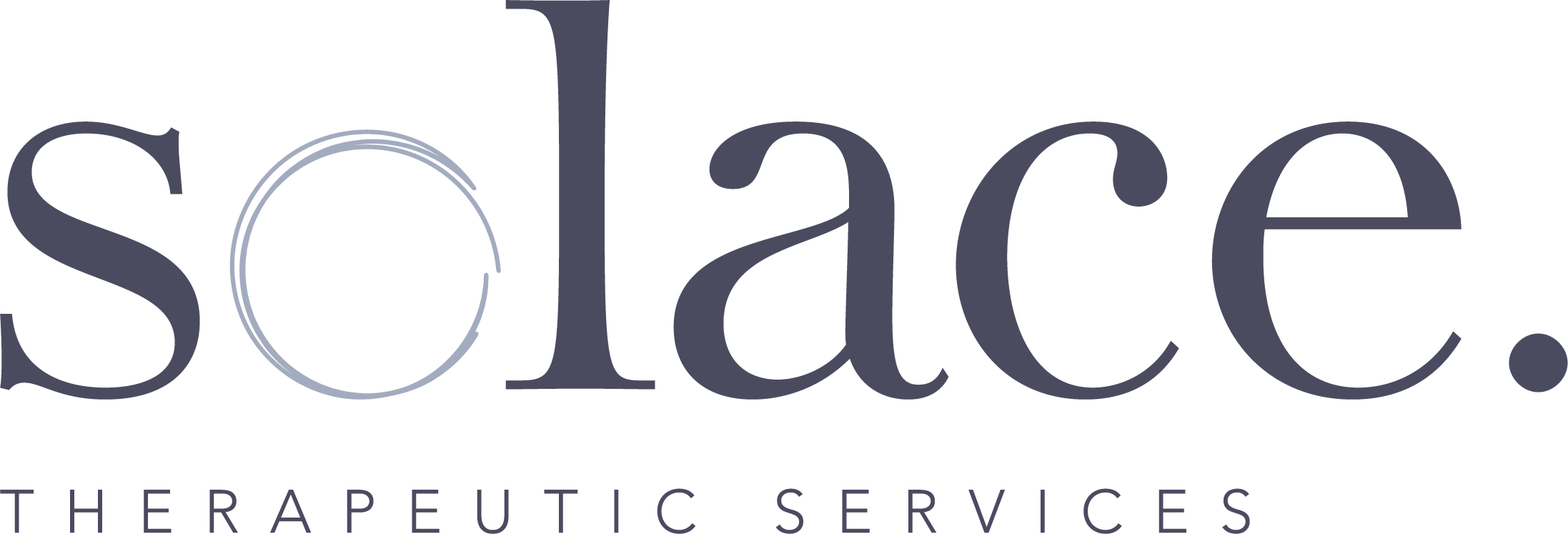No matter the Challenge
-
Contact Us
(910) 292-4879
-
Mon - Fri 8:00 AM - 8:00 PM
- Client Portal

What is Somatic, Trauma Informed Therapy?
Somatic, trauma informed therapy is a holistic approach that focuses on the connection between mind and body to understand and address the impacts of trauma. Trauma, whether from a single event, or ongoing experience can become stored in the body, leading to physical tension, emotional distress and cognitive challenges. At Solace Therapeutic Services, we use various methods of understanding and working with trauma such as somatic therapy, mindfulness techniques and Polyvagal theory.
Key Principles of Somatic Therapy
1. Embodiment
Somatic therapy emphasizes the importance of being present and aware of one’s body. Through somatic therapy, we work to cultivate awareness of bodily sensations, movements and reactions. By reconnecting with our bodies, individuals can gain insights into the ways that trauma has/is affecting them both physically and emotionally. You and your clinician may explore how past experiences are impacting or resurfacing in present day areas and challenges.
2. Resourcing
One of the most important pieces of trauma therapy is helping clients develop a sense of safety and stability. This may look like building self-regulation skills, identifying internal or external resources to manage distress, or focusing on positive sensory and nervous system experiences.
3. Release and Regulation
Somatic therapy focuses on the release of physical tension and emotional energy associated with traumatic experiences. Clients may be guided through exercises that encourage the body to let go of stored stress and trauma through movement or increased tolerance of sensations in order to promote a sense of relief and relaxation. The goal is to slowly increase your capacity to experience difficult emotions, while providing you the tools and resources to regulate throughout.
4. Integration
The ultimate goal of somatic therapy is to integrate fragmented aspects of the self that may have been dissociated or repressed by the effects of trauma. Through the integration of mind, body and emotions, clients can expect to regain a more cohesive sense of self, increased ability to turn off their over or under active alarm systems and lean into post-traumatic growth and recovery.
"All emotions, even those that are suppressed and unexpressed, have physical effects."- M. Derbur
Polyvagal Therapy: Calm Your Nervous System, Change Your Life
Ever feel stuck in stress, anxiety, or old patterns that just won’t quit, no matter how much you “think” your way out? That’s your nervous system talking. Polyvagal Therapy is all about tuning in to what your body is actually doing, not just what your mind is thinking.
This isn’t talk therapy only. You’ll learn to notice your body’s signals, like tight shoulders, racing heart, or shallow breathing, and use simple, practical tools to shift out of fight, flight, or freeze. Over time, you can feel calmer, more connected to yourself, and more present in your relationships and daily life.
Polyvagal Therapy is especially helpful if you’ve struggled with stress, anxiety, trauma, overwhelm, or feeling “shut down” in your body. It’s a fresh approach that blends neuroscience, body awareness, and real-world strategies so you can finally get unstuck and stay that way.
Grounded in decades of research on the nervous system, Polyvagal-informed therapy recognizes that trauma can leave the body stuck in survival mode, hyper-alert, shut down, or disconnected, even long after the danger has passed. Studies show that incorporating nervous system based strategies can significantly improve heart-rate variability, a key marker of emotional regulation and resilience. Compared with traditional talk therapy alone, this approach often leads to faster, longer-lasting improvements in stress, trauma symptoms, and overall well-being.






